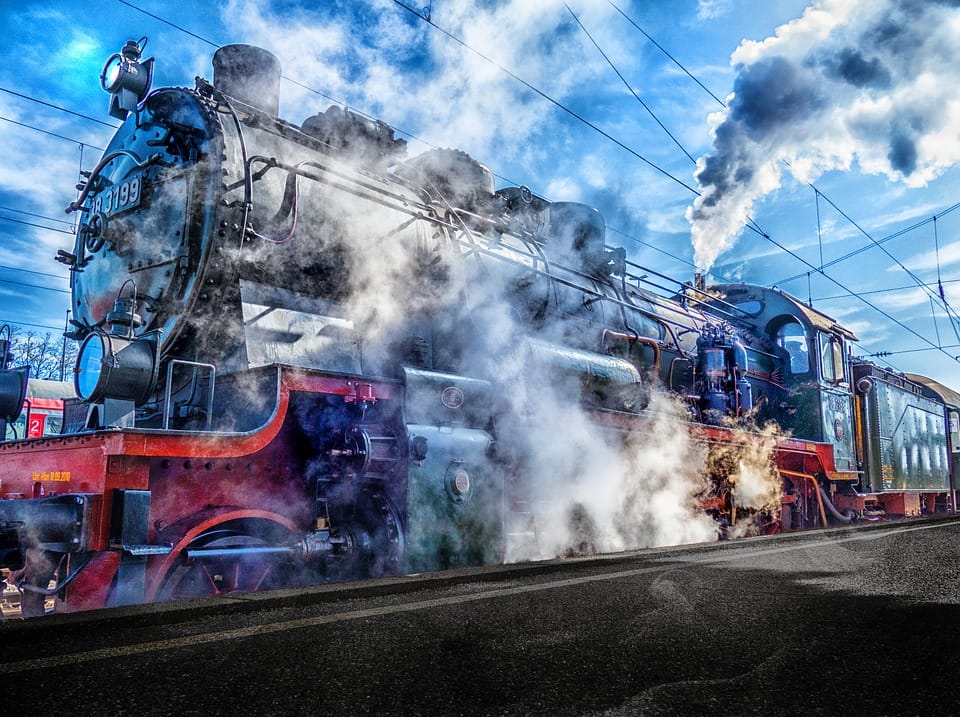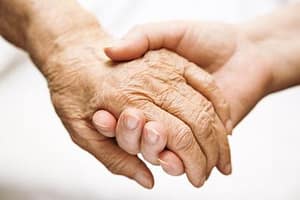Memories of my life. (Souvenirs.) "Passengers on the train ... passengers on the train." I still hear those phrases that the garrotero repeated in a calm voice, while running wildly, fearing that they would leave without me. As the train moved, the word "vaaaaamonos" indicated the movement in each station. Each scene, planned or unforeseen, corresponds to its own lifetime. Dedicated to my parents Esther and Roman. http://Andreasaldana.com
The first train I met: San Luis-Tampico-San Luís. The last and very different one that I approached many years later, was at the Charles de Gaulle Airport to transfer me to the Hotel that had been reserved for me in the center of Paris.
Content
Time recovered
In 1948 I learned what it was like to ride the railroad. Since then I faced the ticket seller who asked me: How old are you? (children under 5 years old did not pay a ticket). Previously taught by my aunt Concha, I put my most angelic expression answering "cuatlo", while showing 4 fingers of the hand.
That anecdote, with some variations, was constantly repeated at family gatherings. That time lives in me, as if it had been yesterday, with the same intensity and certainty. That is why I am not talking about wasted time. In any case, it would be time recovered, if I understood Marcel Proust correctly.
Cerritos- San Luis Potosí- Cerritos.
My aunt, and I with her, went to San Luis on a round trip from Cerritos, the town where we lived. The stations that most recorded me were “Villar”, where they shouted offering “Mexican pizzas”. They were great tostadas with a variety of stews and in "Corcovada", the "potosino tacos" had a well-earned fame.
I would have settled for seeing these images and listening to the original words with which they offered such a vintage, although I did not refuse to try such cravings.
Cerritos-Tampico-Cerritos.
On many occasions, we traveled from Cerritos to Tampico, it was the same train line. This trip offered a greater number of attractions. From the "borreguita" to try the cajeta, then San Bartolo, which was the transfer station, which we never used, but which carried passage and cargo through a branch that reached the Rioverde station. The closeness between the two explains the supply of oranges, although they also sold delicious chorizo cakes.
The journey continued passing through the “Tablas” station that never caught my attention. I liked listening to the garrotero repeat “Cárdenas”, even before the train stopped. It is possible that by the hour, between 1 and 2 in the afternoon, most of the passengers were already hungry. The marchers came up with their baskets. They sold rice soup with boiled eggs. "You eat everything hungry," my mother used to say, as she handed us our plate of rice and a bottle of soda.
Hunger
Today I value that feeling in very different ways: el hungry. At least, the most optimistic will say, feeling it lets you know that you are still alive. Objectively we would say that el hunger is the feeling that indicates the need to eat, the desire for something. Hunger is also the word we use to talk about a shortage of basic foods. It generally occurs as a consequence of poverty and economic inequality.
At that station in Cárdenas, my eyes they were always looking for an old woman, she walked leaning on her cane. He passed the windows, holding out his hand. He sang a phrase ... which has since moistened my eyes: "You give me a blessed charity, for the love of God, miss."
Blindness?
Thanks to my mother and later with my own resources, I managed to deposit some coins in her hand. His palms showed the traces of age and surely of the hard tasks carried out. The white in his pupils revealed his visual impairment, although it had strengthened other abilities.
I think that this experience helped my development. Not in vain that trace appears frequently in my memories. Perhaps with her I managed to incorporate into my life ... empathy, solidarity and other values. Perhaps the sadness in the face of human miseries, coupled with the helplessness, experienced from such a young age, can be frustrating. Still it was positive to face her.
They were strong emotions, the good thing about childhood is that they don't last long. As soon as we left Cárdenas, I enjoyed a landscape as green as hope must have been in those years.
Devil's backbone.
Plants, shrubs, palms and trees crossed in front of the window, I saw the landscape almost mesmerized. Later, fear appeared, although quite hidden with nervous laughter. The train entered a tunnel, part of the "devil's backbone." This is a rock formation that is found before reaching the “Tamasopo” station.
My mother was in charge of setting those moments saying: “in that place, at midnight, the black charro appears”. Although it was daytime when we passed by, the darkness of the tunnel led to an episode of "tachicardia ”, a slight tremor, chills and a slight tightness in the throat. The jokes that my mother interspersed with the horror legends were the best antidote.
Surely tiredness and emotions made us sleep. Sometimes I woke up in Cd. Valles, others in Ébano, which were the last stations before reaching our destination: Tampico.
I am me and my circumstance…
My dad was on the platform, smoking, waiting for us. Little used to make affections. However, welcoming us and saying goodbye were a good excuse to give himself permission. It was difficult for him to hide that tenderness that scared his pupils. Her handkerchief, pretending to wipe the sweat from her face, was always her best resource to hide it.
He received us with slaps on the face and on the back. Repeated, crude and simple words were enough to deceive us in our childhood. Later we would understand how he handled his patriarchal mask, perhaps inherited by his ancestors and / or by the culture that we had to live in those times. Ortega y Gasset's phrase comes to mind: "I am me and my circumstance, and if I don't save her, I won't save myself."
Andrea Saldaña Rivera.https://es.wikipedia.org/wiki/Andrea_Salda%C3%B1a







